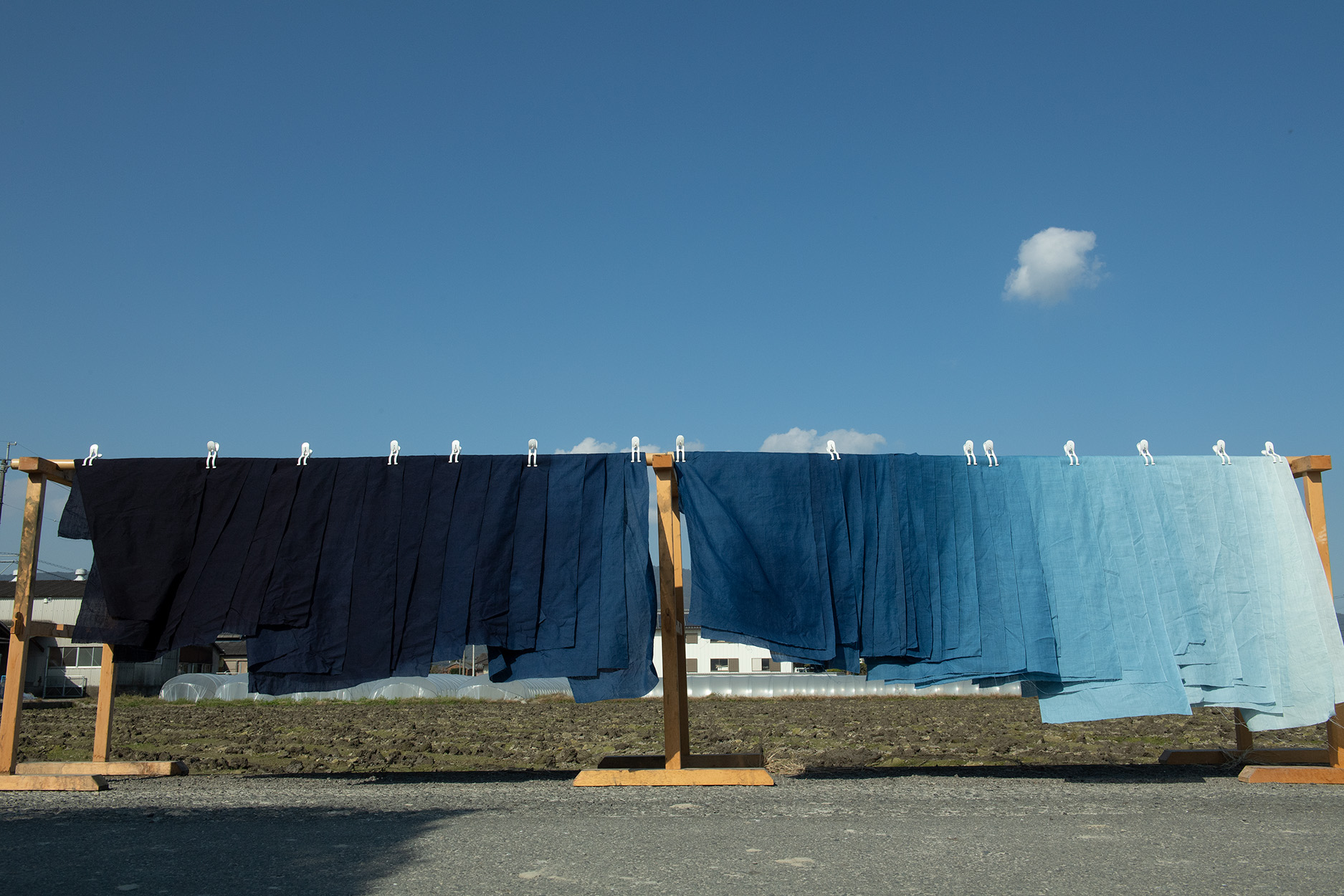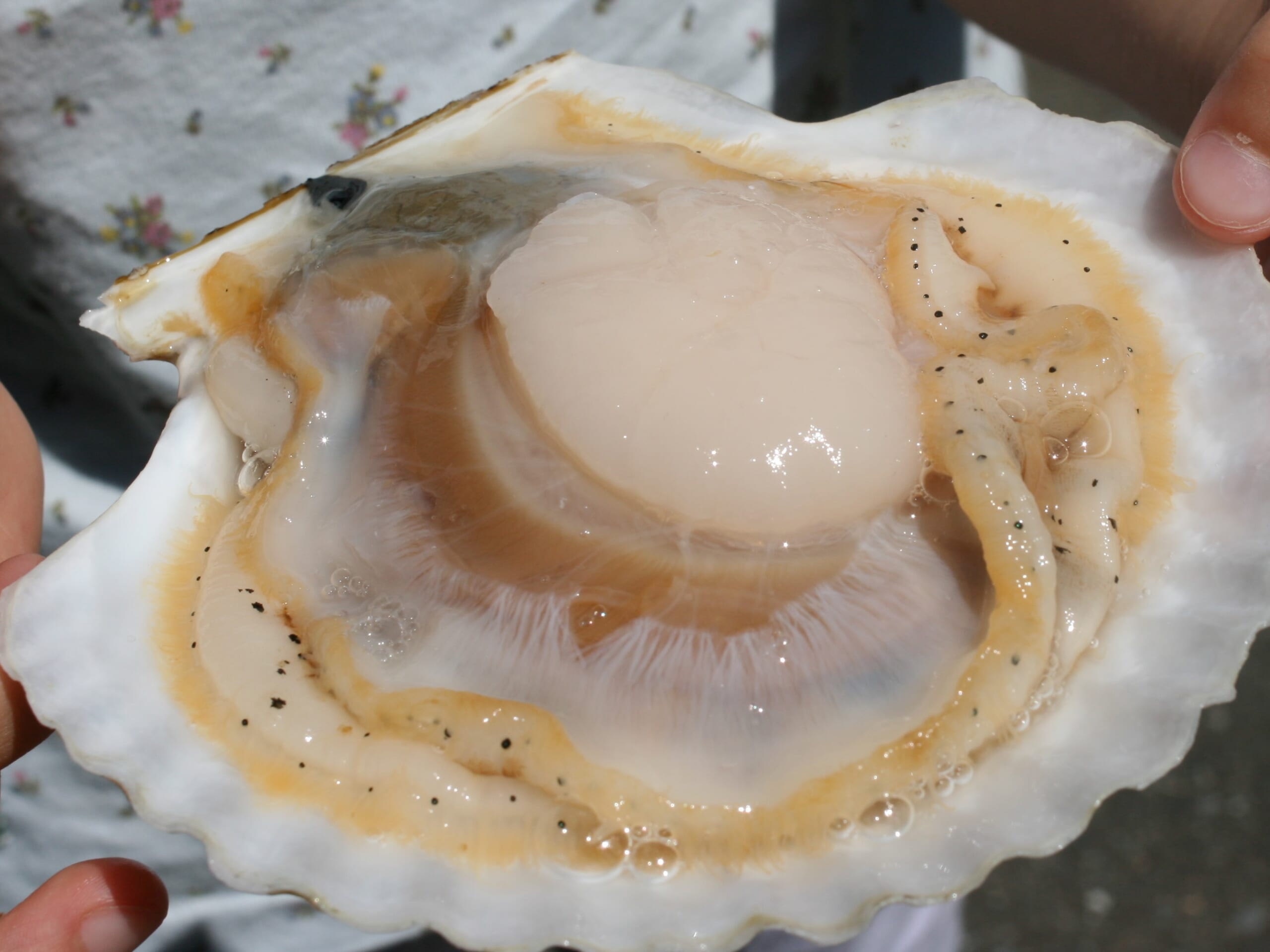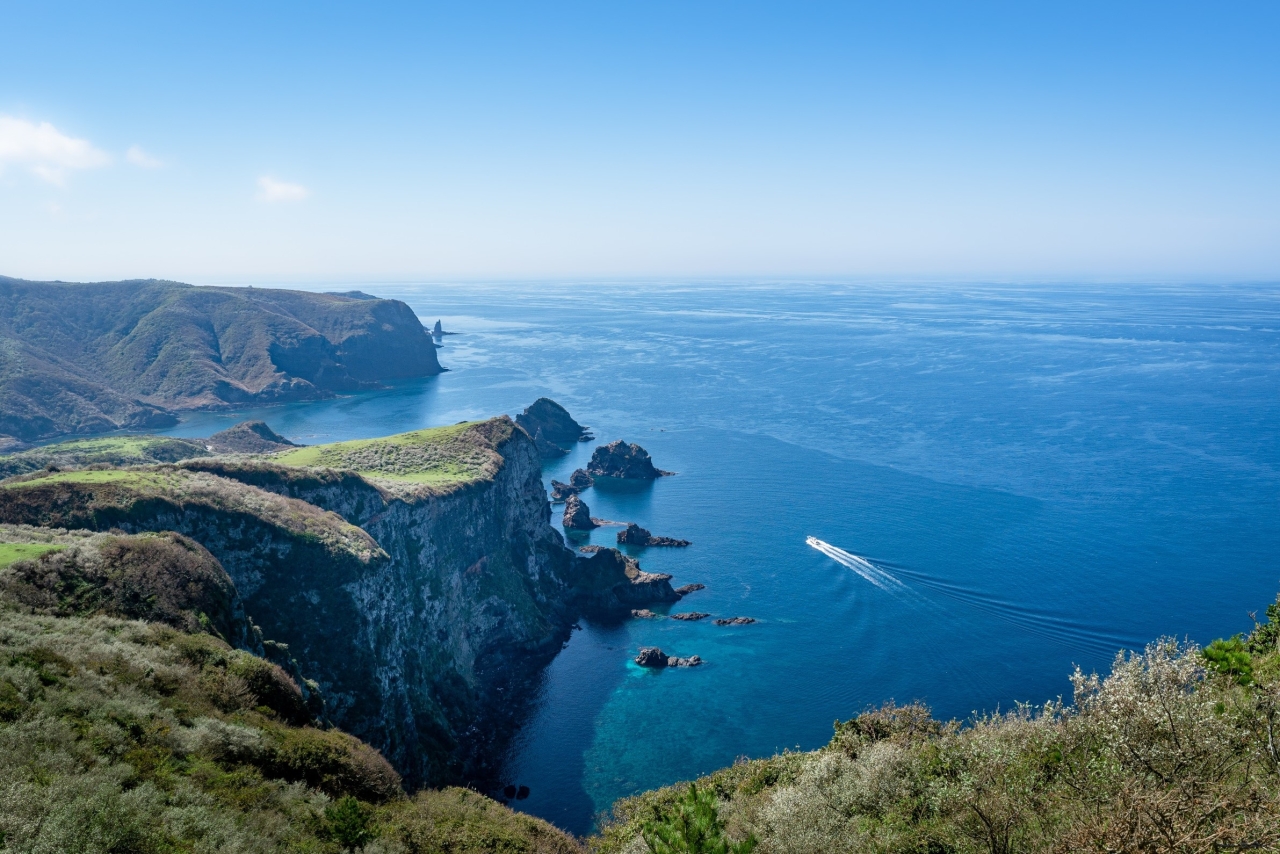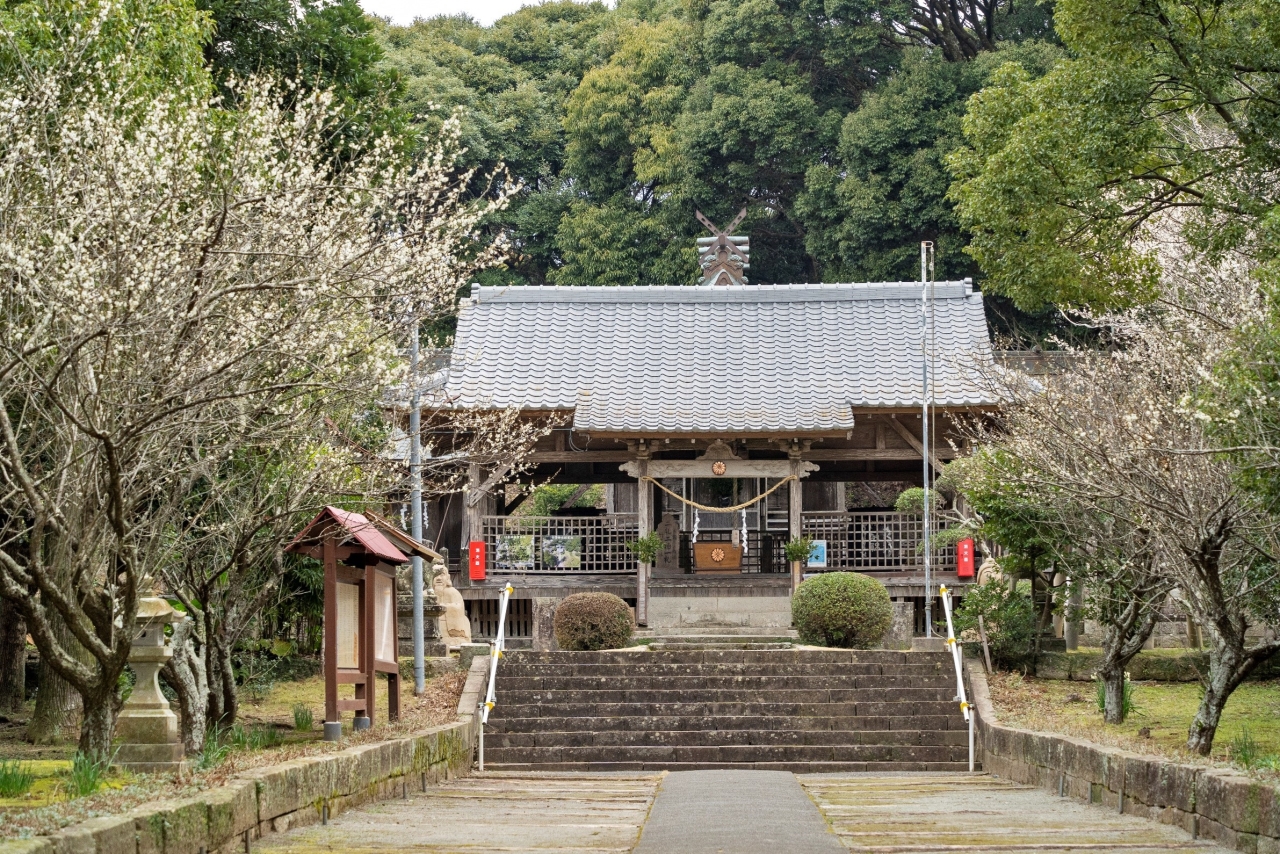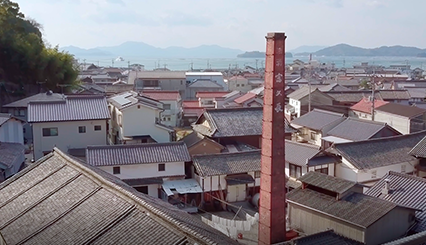
Diverse Flavors Brewed by a Fourth Generation Female Master Brewer Carrying the Traditions and Techniques of the Hiroshima-toji into the Future
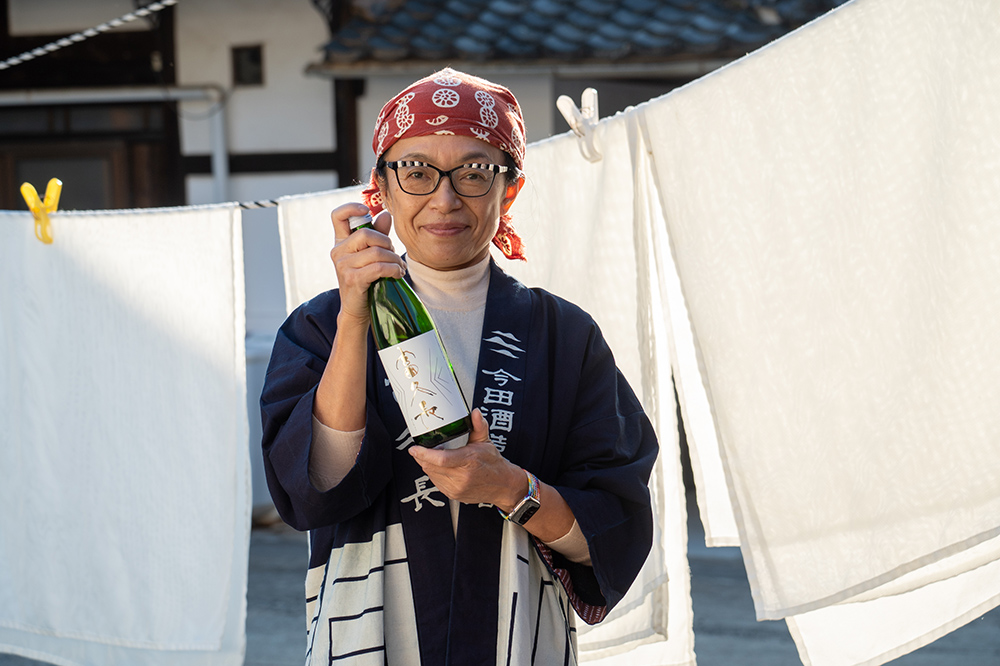
Miho Imada
Imada Sake Brewing Co., Ltd.; Chief Brewer and Representative Director
Recreating the Expertise and Techniques of Chief Brewers in Modern Times and Communicating to the World
The town of Akitsu is home to the Hiroshima-toji, a guild of master brewers. Facing the Seto Inland Sea, the town flourished as a port for the shipment of sake rice from the Hiroshima domain during the Edo period. Here one can find Imada Shuzo Honten sake brewery run by master brewer Miho Imada. Imada was the only Japanese on the list of the BBC 100 Women 2020, which showcases women who influenced the world. She was awarded because of working in the world of sake brewing, which has traditionally been a male-dominated society, and continued promoting the appeals of sake to the world, exporting 30% of its production despite being a small brewery. Today, Imada continues to bring the fascination of sake to the world with stories of the Hiroshima-toji. She has created unique tastes such as Fukucho, which is made from Hattanso, an oldest sake rice revived by Imada and have not been produced for more than a century; Seafood, sake with lemon-like acidity designed to be paired with oysters; and Legacy, sake that is used ginjo sake made by previous generations of master brewers, instead of brewing water.
Chapter.01 A Strong Desire to Create Sake Unique to Akitsu Revived the Oldest Sake Rice Hattanso
Miura Senzaburo (1847–1908), widely known as the father of ginjo sake, was born in the town of Akitsu. Soft water was initially thought unsuitable for sake brewing. Miura, however, established soft water brewing method, successfully creating harmonious, flavorful, and highly aromatic ginjo sake through slowly, low-temperature fermentation. In doing so, Miura has been known as a brewer who developed Hiroshima’s sake-brewing industry. Miura is also known for not only establishing but also widely teaching this method and nurtured Hiroshima-toji, the group of artisans.
Imada Shuzo Honten was founded in 1868. The brewery’s representative product, Fukucho, was named by Miura Senzaburo. Imada is the fourth generation head of the brewery, but she did not go straight into the family business. After studying at a university in Tokyo, she worked for several companies and groups before returning to Akitsu to be involved in sake brewing in 1994. “At first, I took over with a somewhat pessimistic mindset, telling myself that if it didn’t work out, I could simply quit. That said, after meeting various master brewers and seeing their advanced technical skills and dedicated attitude to sake brewing, I decided that I had to take the role more seriously. Moreover, I found that the sake-brewing process was incredibly enjoyable. It is because there were many things that didn’t go to plan, that I could continue brewing year by year until today,” says Imada.
When Imada first took over the brewery, however, the business was not in a good place. “Small breweries like us cannot survive unless we create unique products and customers choose for their excellent taste. Akitsu is home to the Hiroshima-toji, and so I wish to create sake that is unique to Hiroshima and to Akitsu region.”
Considering how to express ‘unique to Akitsu’, Imada found the answer in sake rice.
Instead of using currently improved varieties of sake rice, Imada wanted to use a variety originated from the natural surroundings of Hiroshima, and ultimately she came upon the Hattanso variety. Hattanso is the oldest native variety of sake rice from Hiroshima for which seeds are still remaining. Tall in height, weak against wind, and easy to fall down, harvests of Hattanso were low. As a result, production of the variety was gradually ceased, remaining that way for more than a century, and ultimately becoming a so-called phantom variety of sake rice of the Meiji period. Having not been improved, Hattanso is difficult to cultivate. Further, the rice itself is hard, and it doesn’t soak well in the brewing water. With help from farmers in Akitsu, Imada worked to raise just a fistful of Hattanso seeds, spending a total of seven years until the sake was successfully made and commercialized.
Imada says, “Everything from the cultivation and milling of the rice to the final brewing process was groping, and involved continuous trial and error. Sake made from Hattanso has the individuality of acidic taste felt little faster than that from other varieties, and the sharp flavor.” Fukucho, which is made from Hattanso rice, has garnered wide acclaim overseas and won several awards, including the Platinum Award in the Junmai category in France’s Kura Master awards in 2017, and the Gold Award in the same category in 2022.
Imada says that the biggest compliment for Hiroshima sake is “having koaji,” smooth, delicate and subtle taste. “Sake from Hiroshima must have a soft, gentle, and aromatic flavor so as not to interfere with the taste of fresh fish from the Seto Inland Sea. To create sake like this, the evolution of milling and fermentation techniques and the expectations of locals with their sensitivities to food have inspired us to develop and produce better sake. At the foundation of our techniques is the rich natural climate offered by our proximity to the Seto Inland Sea.”
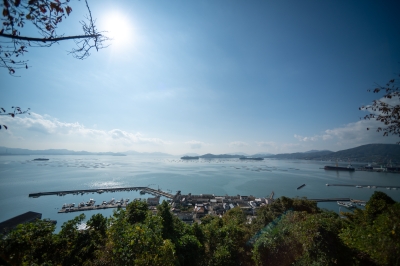
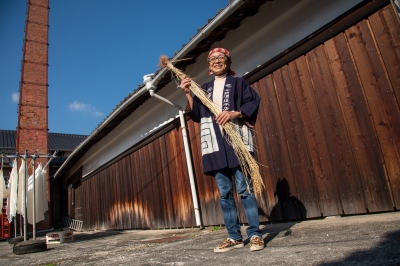
Chapter.02 Advancing the Techniques of Past Generations and Creating Flavors that the World Demands
According to Imada, “In recent years, many sake brewers have taken the route of polishing the rice to remove any off-flavors, and so there has been an increase in sake with similar tastes. Originally, though, sake was known for its diverse flavors. Many old documents describe various types of sake, and I believe this is the best way for breweries to survive in the industry.” Imada is challenging to create a range of different flavors of sake to showcase the charms of sake to as many people as possible, including overseas.
Seafood, for example, is a brand of sake developed to make local oysters more delicious. White wine, which is said to pair well with oysters, contains high level of citric acid, the component thatgives lemons their sourness. To create acidic taste in sake, Imada adopted a brewing method involving white koji mold, which is often used to make shochu, to achieve an acidic and refreshing flavor. Oysters are also a popular dish overseas, and Seafood has become a popular product exported to Canada, France, Spain, Hong Kong, China, Taiwan, and more.
HENPEI and GENKEI are products based on technical approach – the shape of rice polishing. Conventionally, rice has been polished into spheres to extract starch, which is essential for sake brewing. However, most part of the rice grains are wasted. To solve this issue, Satake Corporation—a company from Higashihiroshima city which developed Japan’s first power-driven rice-milling machine—has developed two new rice polishing technologies in 2019: henpei, or polishing into flat, and genkei, or polishing as the same form as brown rice. Using these two new methods to create different tastes based on the shape of the polished rice, Imada Sake Brewery has released Satake Series: HENPEI & GENKEI. “Communicating the excellence of Japanese techniques—that is, focusing on these small grains of rice and decreasing the levels of polishing to express clearer tastes—has been made us to be interested in of new customer segments,” says Imada.
Even the brewery’s attention to detail can be seen in the Seafood label, which depicts the products of the Seto Inland Sea, and the HENPEI and GENKEI labels, which depict the different shapes of polished rice.”
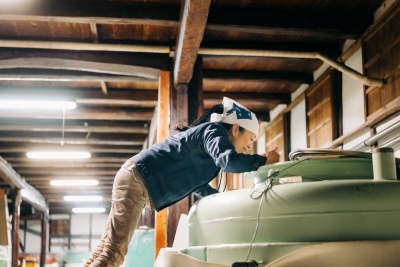
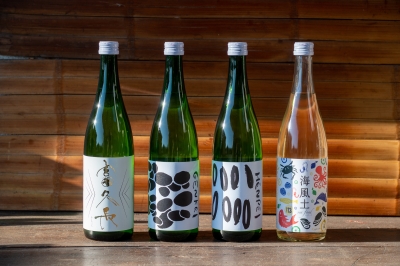
Chapter.03 Transforming Ginjo into a Universal Term Bringing LEGACY from the Past into the Future
Imada Shuzo Honten first began exporting its products nearly 30 years ago. The process began with the desire of the previous president to “spread the joy of sake overseas”. The brewery thus started business dealings with a startup company of wine business in the US. “This company is excellent at web promotion, and they currently sell our sake as Premium Craft Sake,” says Imada. Imada herself continued to grow overseas sales by participating in various trade shows, and today she has developed the business to the extent that around 30% of the brewery’s sales come from overseas sales.
Imada also has a strong desire to increase the recognition of sake in China. “Typically, in China, people don’t enjoy alcohol alongside dishes like we do in our culture. That said, people often drink red wine at restaurants when entertaining business clients, for example. I’ve always wished we could replace this red wine with sake,” says Imada.
In response, Imada developed a new product: LEGACY.
To create sake that would pair well with strong-flavored dishes such as meat and Chinese food—which traditionally don’t go well with sake—Imada used a method known as kijoshu in which sake is used instead of brewing water. This enabled her to develop a richly sweet, strong-tasting sake, much like the flavors found in sweet wine and noble rot wine. Using vintage, 30-year-old daiginjo sake made by previous chief brewers, Legacy was named as such to communicate the excellence of succession of Japanese sake techniques and culture.
“Ginjo is not only a word that expresses the type of sake. The word brings together the philosophies of Hiroshima-toji and Japanese culture, which are carefully created with the important person in mind. My aim is to make people around the world aware of the thoughts and techniques involved in the creation of ginjo. I believe that true value can be found in products that have been developed and raised over long periods,” says Imada.
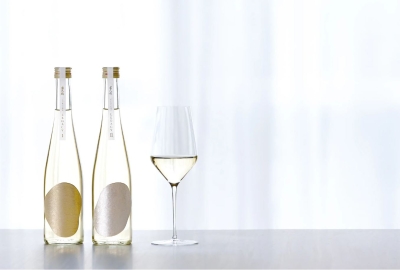
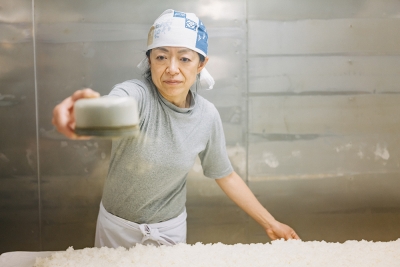
She goes on, “Among the Hiroshima-toji there is a phrase ‘Tukurinakama – brewing colleagues’. While different breweries are rivals, the brewers themselves are colleagues. We help each other out when we have any problems, teach each other if we don’t understand something, and strive together to create better sake.”
The Japan Sake x Shochu Platform was launched in 2020, comprising 39 brewers and distillers nationwide. Imada uses this platform and pursues even more diverse flavors with ‘Tukurinakama’ nationwide. She is also studying branding and sustainability in depth.
Imada has no pretensions that she has survived in a male-dominated industry. Rather, she is all completely natural. Throughout the brewery, there are distinctly female touches, such has having the floor painted white so that any dirt and stain can be easily seen to maintain overall cleanliness. This suppleness also plays a key role in the brewery’s rich flavors. In Japan, there is no doubt wisdom and techniques from our predecessors waiting to be discovered. Adapting these to the present will expand the possibilities. Miho Imada’s approach gave us a great clue.
Written by・Mari Kanematsu
Interview Date:Nov.9.2022
The content of this article is as of the interview date.


